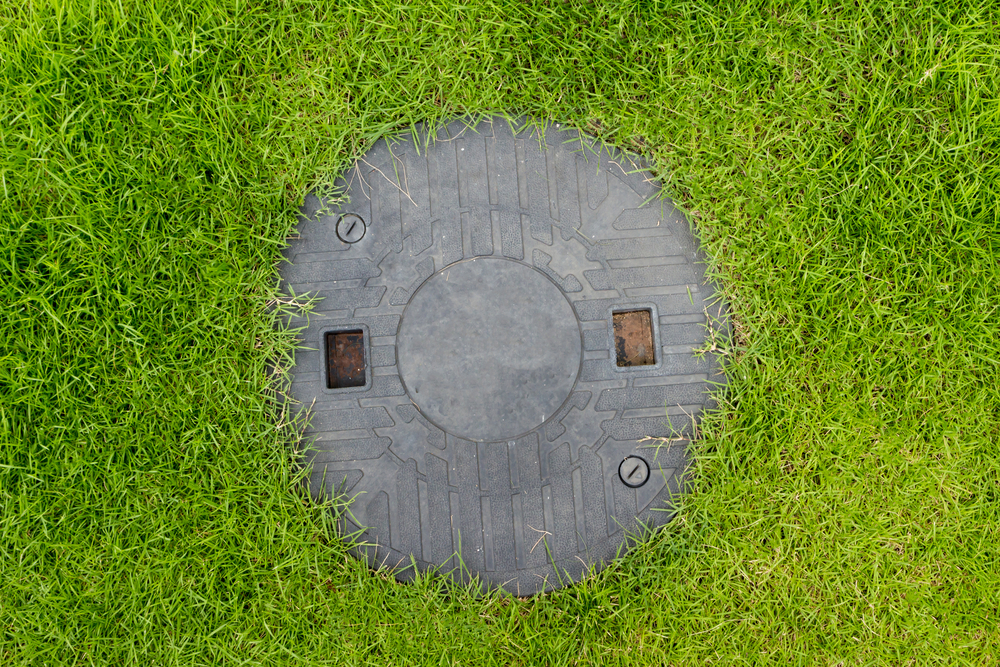

Wastewater disposal is a crucial aspect of environmental conservation and public health management. Every day, vast quantities of wastewater are generated from various sources, including households, industries, and agriculture. Understanding the process of wastewater disposal, also known as wastewater treatment, is essential for ensuring clean water resources and preventing water pollution. In this blog, we delve into the intricacies of wastewater treatment, exploring its significance, methods, and impact on the environment.
What is Wastewater?
Before delving into the wastewater disposal process, it’s essential to understand what wastewater is. Wastewater refers to any water that has been contaminated by human activities. This includes water from toilets, sinks, showers, industrial processes, and agricultural practices. Wastewater contains various pollutants, including organic matter, chemicals, pathogens, and suspended solids, making it unsuitable for direct consumption or release into the environment without treatment.
Why is Wastewater Treatment Necessary?
Wastewater treatment is necessary for several reasons:
Environmental Conservation: Untreated wastewater can contain harmful pollutants that pose a threat to aquatic ecosystems and biodiversity. Proper treatment helps remove these pollutants, preventing water pollution and safeguarding the environment.
Public Health Protection: Wastewater often contains pathogens and disease-causing microorganisms, posing risks to public health if released untreated. Treatment processes disinfect the water, making it safe for disposal or reuse.
Resource Conservation: By treating wastewater, valuable resources such as water and nutrients can be recovered and reused, reducing the strain on freshwater sources and promoting sustainability.
The Process of Wastewater Disposal
Wastewater disposal involves several stages of treatment to remove contaminants and ensure the water is safe for release into the environment or reuse. The typical process includes the following steps:
Preliminary Treatment:
Screening: Wastewater passes through screens to remove large objects such as sticks, plastics, and debris.
Grit Removal: Grit chambers are used to settle out heavier particles like sand and gravel, which can damage equipment in subsequent treatment stages.
Primary Treatment:
Sedimentation: Wastewater flows into large tanks where suspended solids settle to the bottom as sludge, and grease and oils float to the surface as scum. These are removed for further treatment or disposal.
Secondary Treatment:
Biological Treatment: Wastewater undergoes biological treatment, where microorganisms break down organic matter into carbon dioxide, water, and other byproducts. This can occur in activated sludge systems, trickling filters, or other biological reactors.
Aeration: Oxygen is supplied to facilitate the growth of aerobic bacteria, which are more efficient at breaking down organic pollutants.
Tertiary Treatment:
Filtration: Wastewater passes through filters, such as sand or membrane filters, to remove remaining fine particles and pathogens.
Disinfection: Chemicals like chlorine or ultraviolet (UV) light are used to disinfect the water, killing any remaining pathogens and ensuring it meets regulatory standards for safe disposal or reuse.
Advanced Treatment (Optional):
Advanced treatment processes, such as reverse osmosis or advanced oxidation, may be employed for specific contaminants or to meet stringent water quality requirements.
Summary
The process of wastewater disposal, or wastewater treatment, is a multifaceted approach aimed at safeguarding public health and protecting the environment. By removing contaminants and pollutants from wastewater, treatment plants ensure that water resources remain clean and safe for various uses. Understanding the intricacies of wastewater treatment is crucial for promoting environmental sustainability and ensuring access to clean water for future generations.
Need Septic Contractors in Bethel, OH?
Gullett Sanitation Services, Inc. offers mobile de-watering of sludge and slurries in and around Bethel, OH, utilizing Roediger belt filter presses, as well as services and repairs on all major brands of home aeration systems. We also work with jet aeration and cleaning for sewer system lines (up to 8 inches in diameter), permits and consultation for biosolids, the transportation of non-hazardous wastewater, sludge removal from all types of waste lagoons, service and repairs on residential sewer systems, and the removal of grit, rags, and debris from anaerobic or aerobic digesters. Give us a call today and let us be your septic and dewatering service in Ohio!
